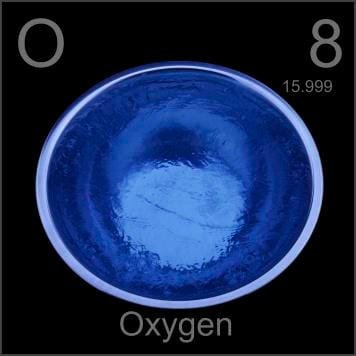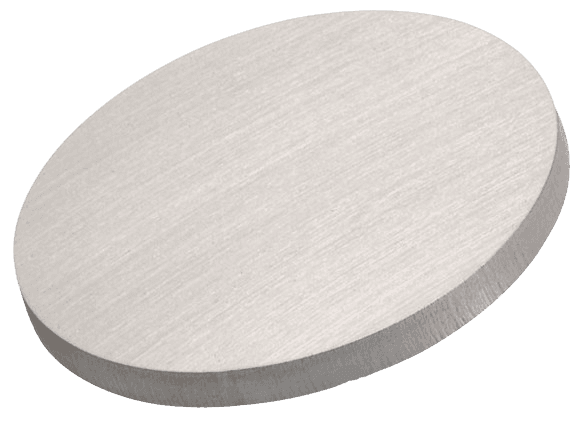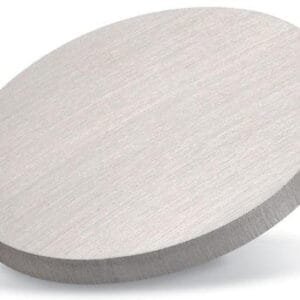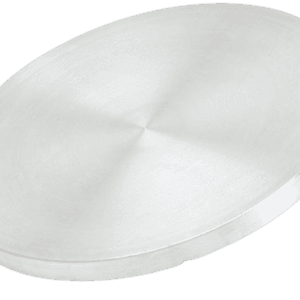Samarium Oxide Sputtering Target Description
Samarium Oxide Sputtering Target from TFM is an oxide sputtering material composed of samarium (Sm) and oxygen (O). This material is used in various applications, including thin film deposition and other advanced technologies.
 Samarium is a chemical element named after the mineral samarskite, from which it was first isolated. It was first identified in 1879 by P.E.L. de Boisbaudran, who also accomplished the isolation. The chemical symbol for samarium is “Sm,” and it has an atomic number of 62. Samarium is located in Period 6 and Group 3 of the periodic table, belonging to the f-block. Its relative atomic mass is 150.36(2) Dalton, with the number in brackets indicating the uncertainty.
Samarium is a chemical element named after the mineral samarskite, from which it was first isolated. It was first identified in 1879 by P.E.L. de Boisbaudran, who also accomplished the isolation. The chemical symbol for samarium is “Sm,” and it has an atomic number of 62. Samarium is located in Period 6 and Group 3 of the periodic table, belonging to the f-block. Its relative atomic mass is 150.36(2) Dalton, with the number in brackets indicating the uncertainty.
Related Product: Samarium Sputtering Target
 Oxygen is a chemical element that originated from the Greek ‘oxy’ and ‘genes’ meaning acid-forming. It was first mentioned in 1771 and observed by W. Scheele. The isolation was later accomplished and announced by W. Scheele. “O” is the canonical chemical symbol of oxygen. Its atomic number in the periodic table of elements is 8 with a location at Period 2 and Group 16, belonging to the p-block. The relative atomic mass of oxygen is 15.9994(3) Dalton, the number in the brackets indicating the uncertainty.
Oxygen is a chemical element that originated from the Greek ‘oxy’ and ‘genes’ meaning acid-forming. It was first mentioned in 1771 and observed by W. Scheele. The isolation was later accomplished and announced by W. Scheele. “O” is the canonical chemical symbol of oxygen. Its atomic number in the periodic table of elements is 8 with a location at Period 2 and Group 16, belonging to the p-block. The relative atomic mass of oxygen is 15.9994(3) Dalton, the number in the brackets indicating the uncertainty.
Samarium Oxide Sputtering Target Specification
| Compound Formula | Sm2O3 |
|---|---|
| Molecular Weight | 348.8 |
| Appearance | Light yellow |
| Melting Point | 2,335° C |
| Boiling Point | 4,118° C |
| Density | 7600 kg/m-3 |
| Available Sizes | Dia.: 1.0″, 2.0″, 3.0″, 4.0″, 5.0″, 6.0″ Thick: 0.125″, 0.250″ |
Samarium Oxide Sputtering Target Packaging
Our samarium oxide sputtering target is clearly tagged and labeled externally to ensure efficient identification and quality control. Great care is taken to prevent any damage that might occur during storage or transportation.
Get Contact
TFM offers Samarium Oxide Sputtering Targets in various forms, purities, sizes, and prices. We specialize in high-purity thin film deposition materials with optimal density and minimal grain sizes, which are ideal for semiconductor, CVD, and PVD applications in display and optics. Contact Us for current pricing on sputtering targets and other deposition materials that are not listed.





Reviews
There are no reviews yet.